Fibrocystic Breast Disease: Causes, Symptoms, Diagnosis and Home Remedies
What is Fibrocystic Breast Disease?
Fibrocystic breast is a noncancerous condition where women may complain of lumps in one or both of their breasts along with pain. This condition is also known as Mammary dysplasia, Diffuse cystic mastopathy, and Benign breast disease. It is a very common condition that affects 50 percent of menstruating females.
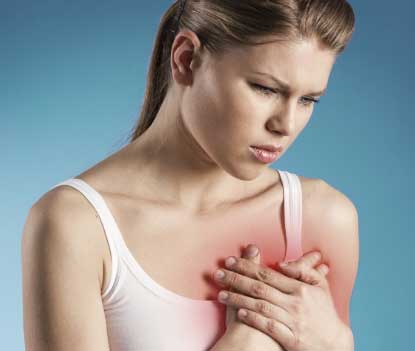
Fibrocystic Breast
Most of the women of 20 to 50 years of age suffer from it at any point in their life. Mostly it is a premenstrual symptom that troubles females before or during periods. However, some women suffer from these symptoms throughout the month. This condition usually disappears or is resolved after menopause.
What are the Causes of Fibrocystic Breast
The exact reason or the cause of fibrocystic breast is not known. But one of the theory says that it may be caused due to hormonal imbalance. However, it does not lead to cancer, but cancer may be a cause. So if you feel you have fibrocystic breast, do consult the doctor and have a proper diagnosis. Hormonal therapy may also increase such symptoms.
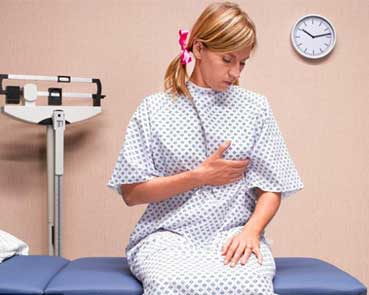
Causes of Fibrocystic Breast
What are the Symptoms of Fibrocystic Breast
The common symptoms of the fibrocystic breast are enlarged, swollen and tender breast. Mild to moderate pain and discomfort that may extend to arms. Nipples seem to become tender along with dark brown or green discharge. Also, there is indentation or flattening of the nipples. Any other associated symptoms are mainly absent in most of the females.

Symptoms of Fibrocystic Breast
How to Diagnosis of Fibrocystic Breast
It is not a dangerous disease, but may cause discomfort and sometimes may cause the detection of breast cancer challenging. Thus, it is very important to diagnose the disease properly. Your doctor may examine your breast and may recommend you a mammogram.

Diagnosis of Fibrocystic Breast
Ultrasound and MRI may also be ordered to be conducted to rule out abnormalities. A biopsy may also be conducted in the case of concerned findings to see if there is a cancerous growth with the help of fine needle aspiration.
You may also Try Self Examination of the Breast at Home
How to Self-Examine the Breast:
There are ways by which you can physically examine your breast at home. This should be Performed within 10 days of the beginning of your periods. Better perform it during the shower.
The first step is to raise one of your hand Now place the raised hand behind your head.
Move the help of three fingers of the other hand, over the breast slowly to locate the lump. Also, check arm and collar bone. Repeat the same for another breast.

Self-Examine the Breast
Now standing in front of the mirror raise your both hands over the head, Now move them slowly towards the legs While doing so examine contour and the shape.
Last is to lie down on the back by placing one pillow under your shoulders to be examined. Now move your fingers over the breast. In the case, you notice any lump, swelling, a knot or dimpling consult a doctor
What is the Treatment of Fibrocystic Breast
In most of the cases, no invasive treatment is required. To ease pain and discomfort medicines may be given. Supportive breasts have also been found useful. But besides conventional drugs, there are certain home remedies that are quite useful in easing the symptoms.
Home Remedies to Treat Fibrocystic Breast:
1. Cold Compress
Application of the ice pack or cold compress over the affected areas has been found very useful in reducing the pain. It also reduces the swelling and tenderness. But remember not to apply ice directly to the skin may cause chilblain. Better wrap the ice in a cheese cloth before application. You may also use a frozen pea pack for this purpose.
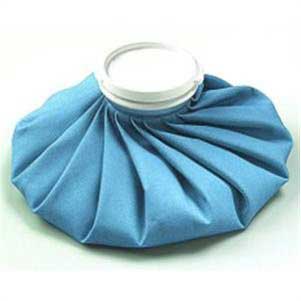
Cold Compress
2. Hot Compress
Hot compress reduces swelling and discomfort associated with promoting the flow of blood. It also enhances the oxygen supply. Take a bowl of steaming water. Soak a cotton cloth in it. Strain the cloth and apply on the affected area. You may also use a heating pad for this purpose. Repeat this for 10 to 15 minutes for 4 times in a day.
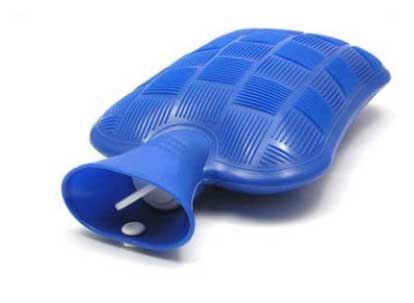
Hot Compress
3. Flax Seeds
Flaxseeds contain omega-3 fatty acid, vitamin B, vitamin E, minerals, and proteins. Consume flax seeds daily to ease the symptoms of the fibrocystic breast as well as to remove breast fibroids.
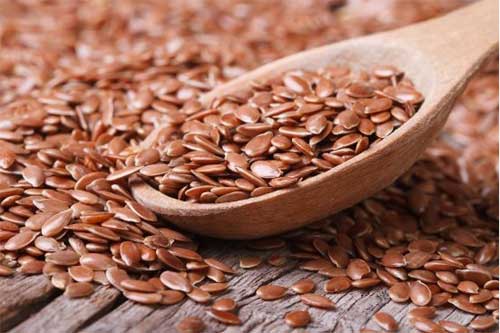
Flax Seeds
4. Sources of Vitamin B6
This vitamin maintains the level of estrogen and progesterone. Foods rich in this vitamin are starchy vegetables, potato and fish.
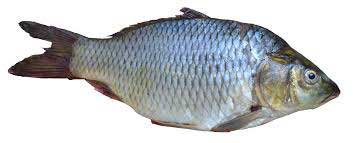
Sources of Vitamin B6
5. Ginger Oil
Try ginger oil circular massage to ease pain and discomfort caused due to the fibrocystic breast. Repeat it 2 times a day. This will also reduce the lump.
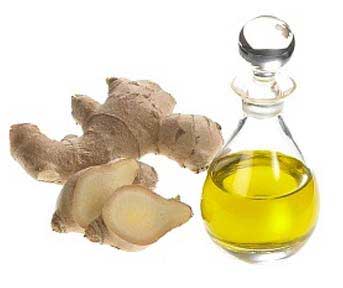
Ginger Oil
Besides the above home remedies cut saturated fats, excess of caffeine, alcohol, smoking and fast foods. Switch on to healthy and balanced diet and drink lots of water.














































